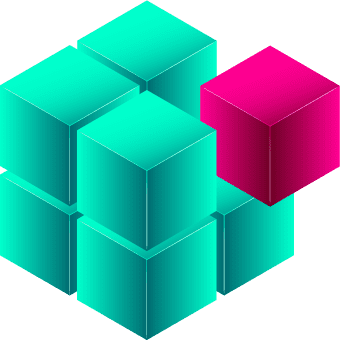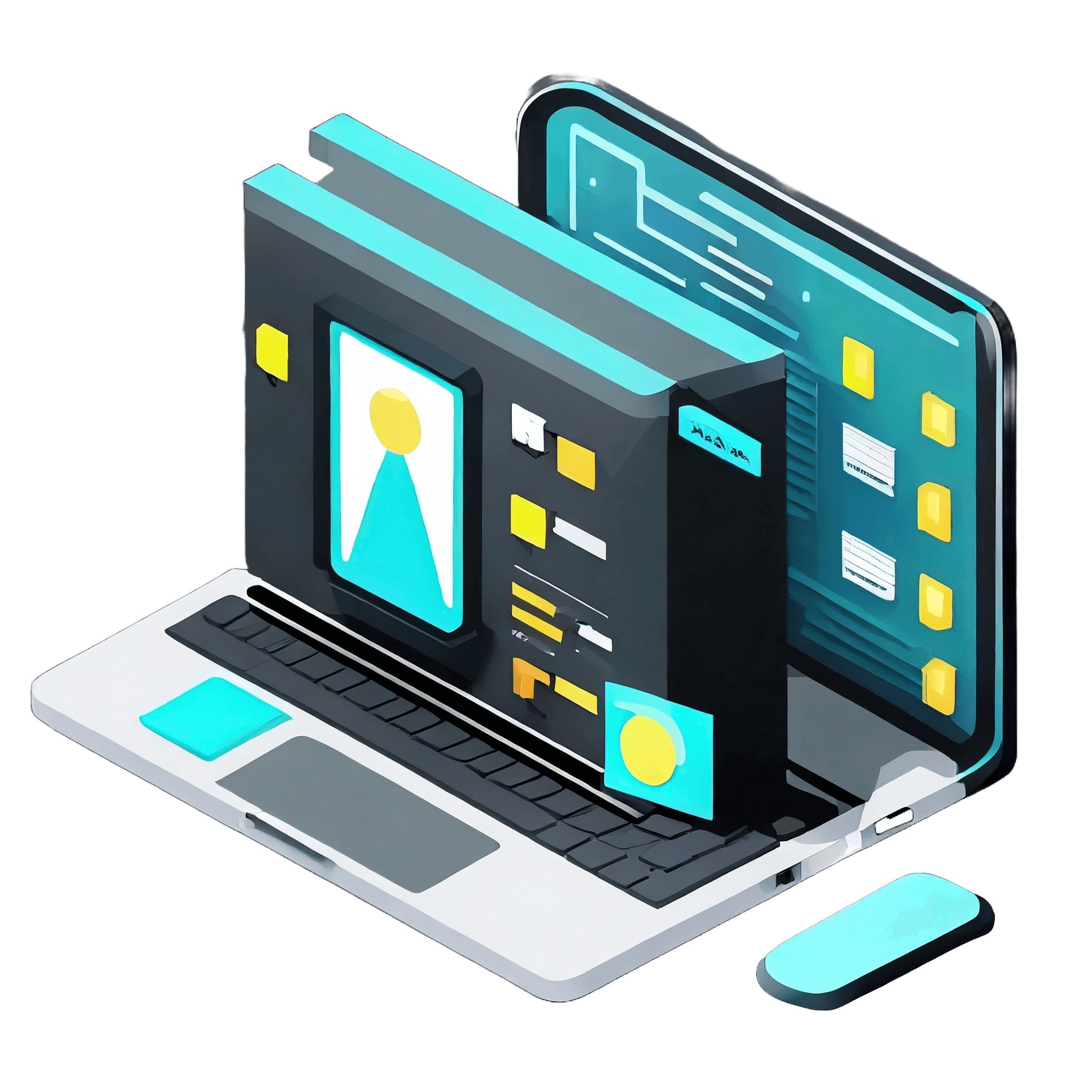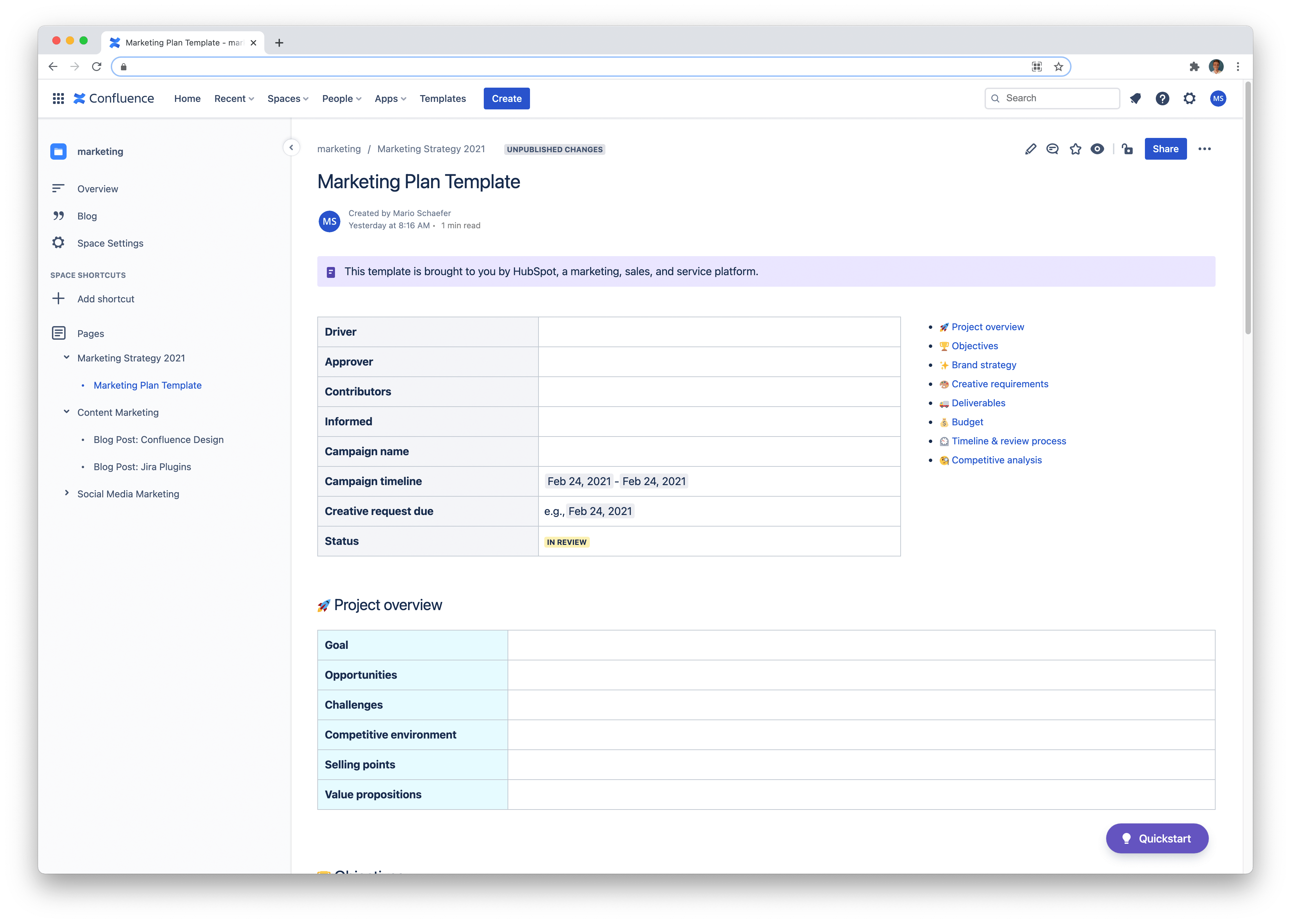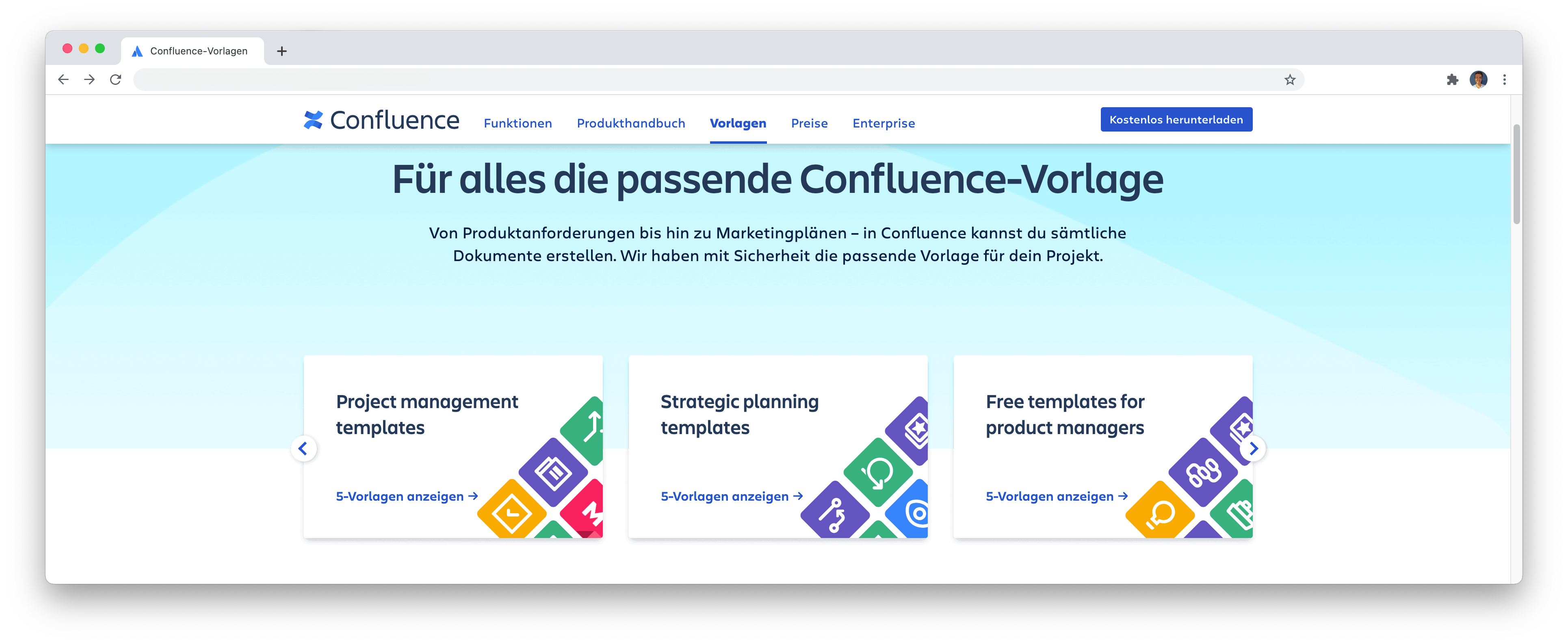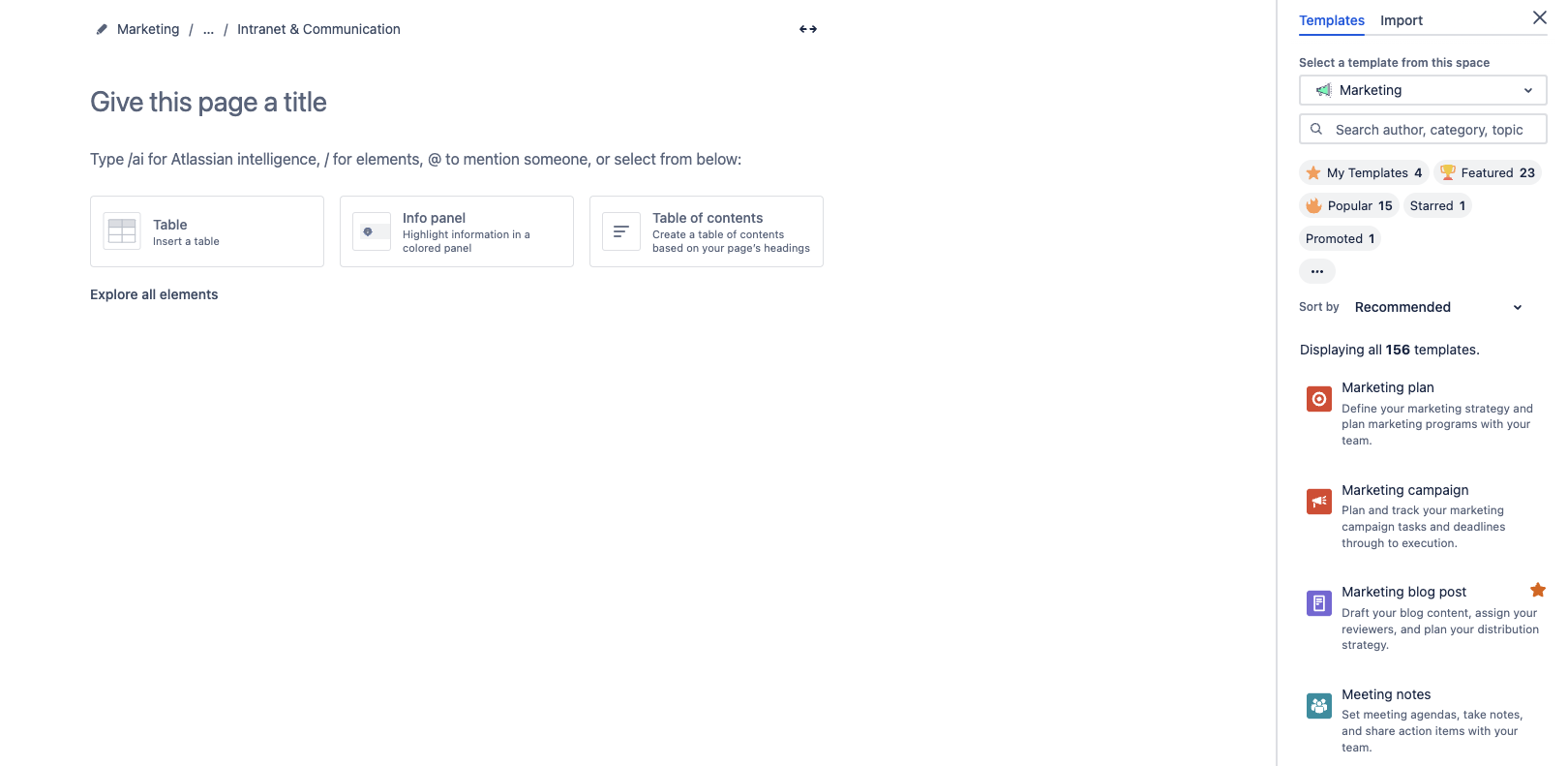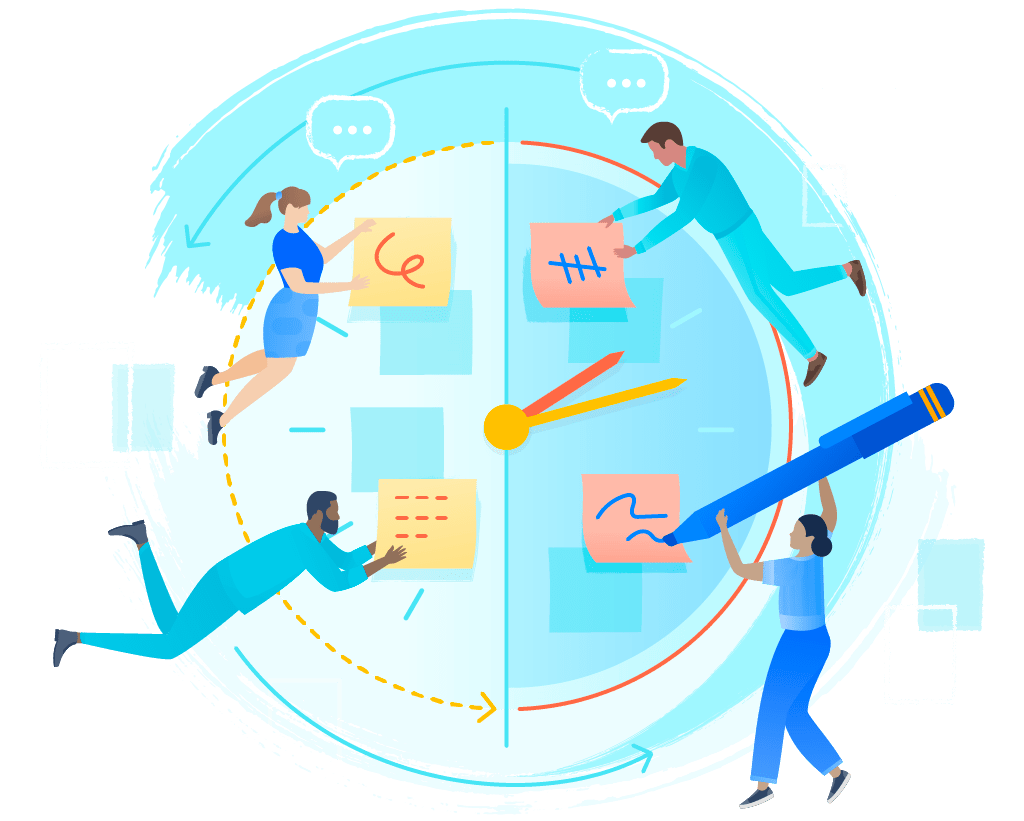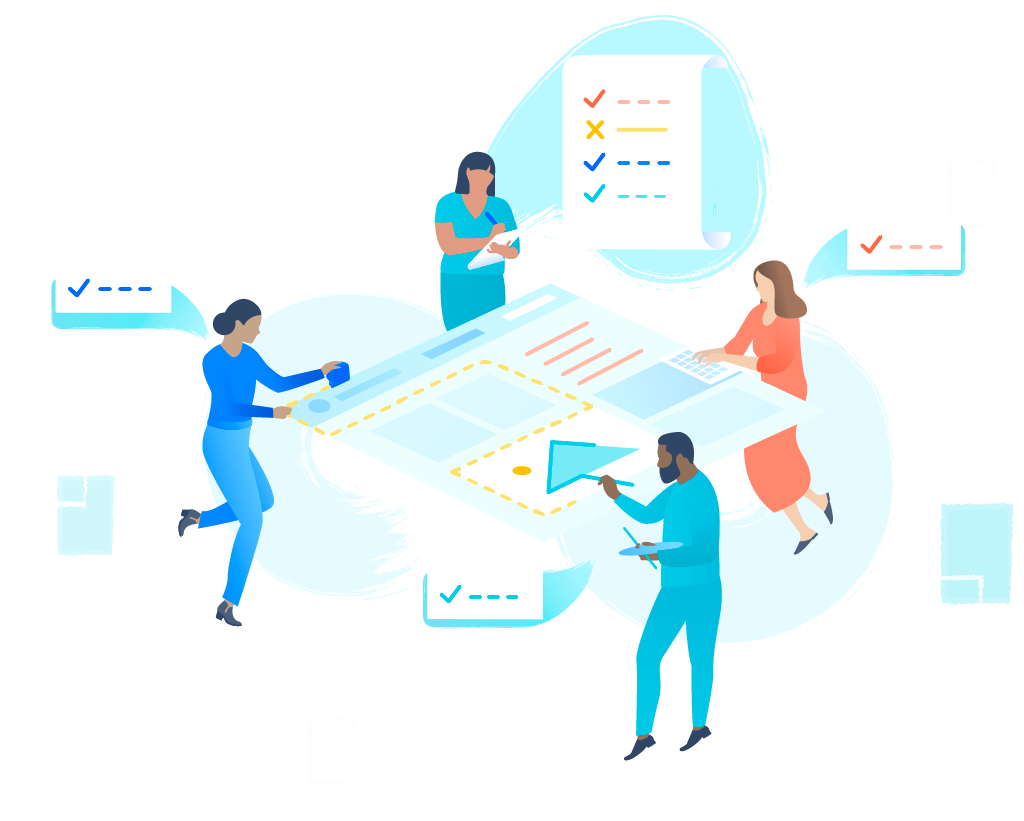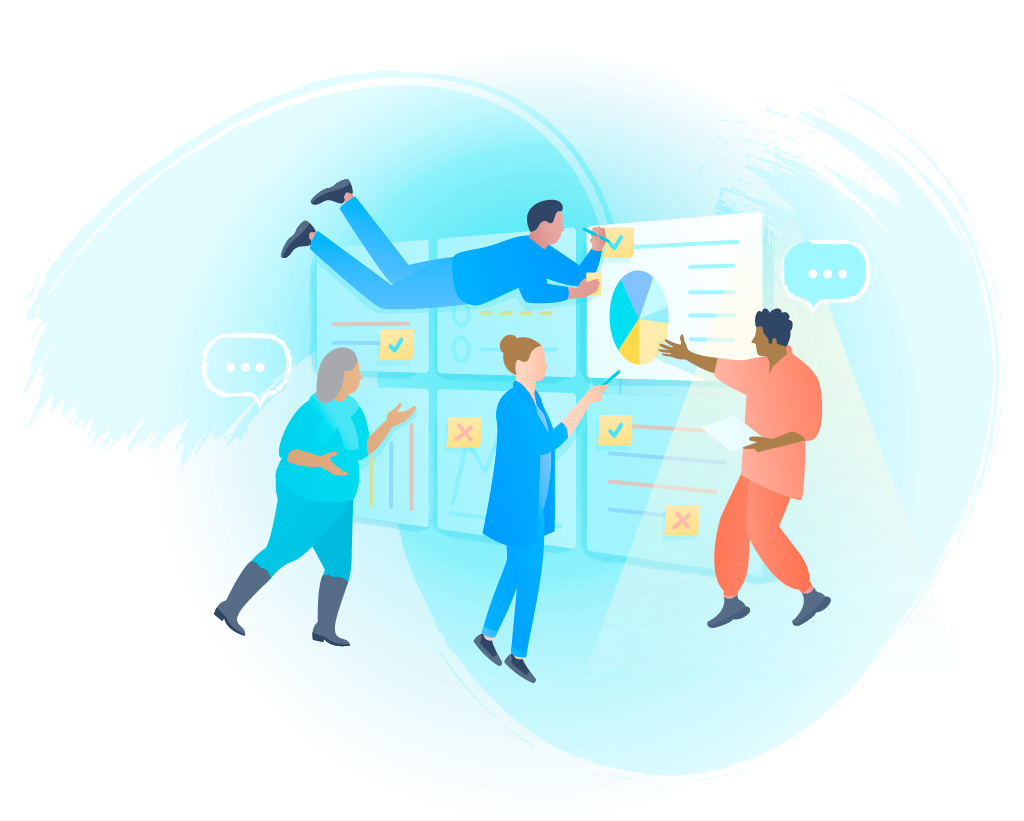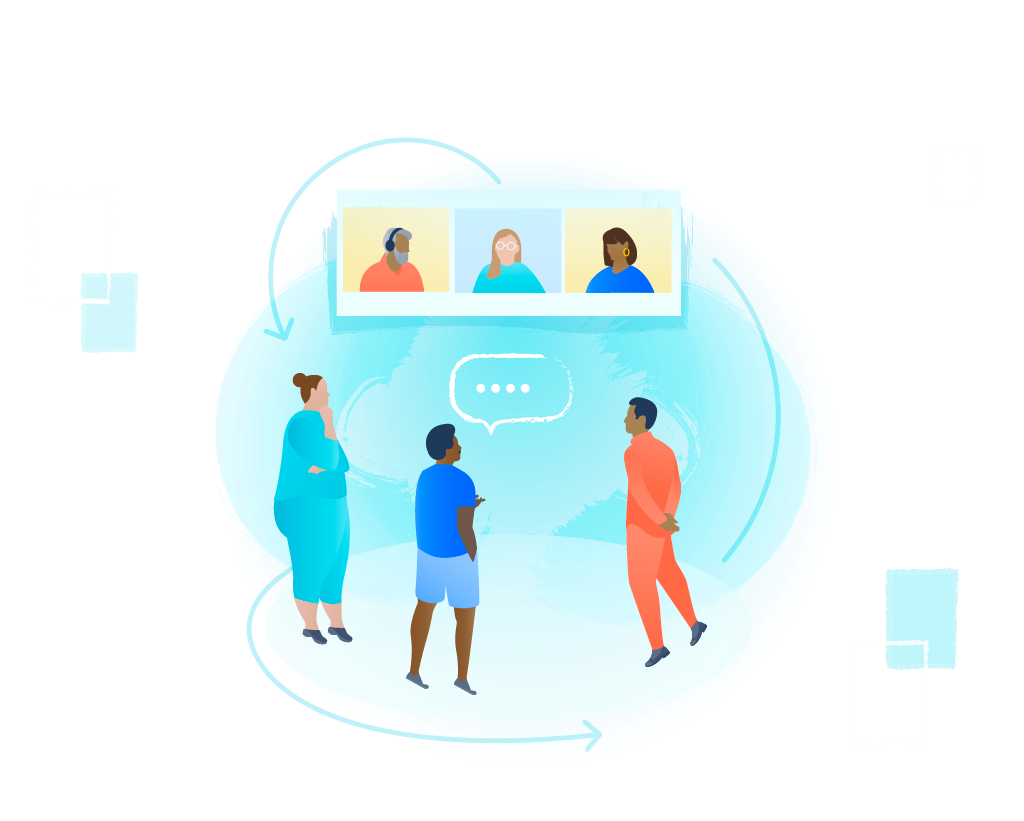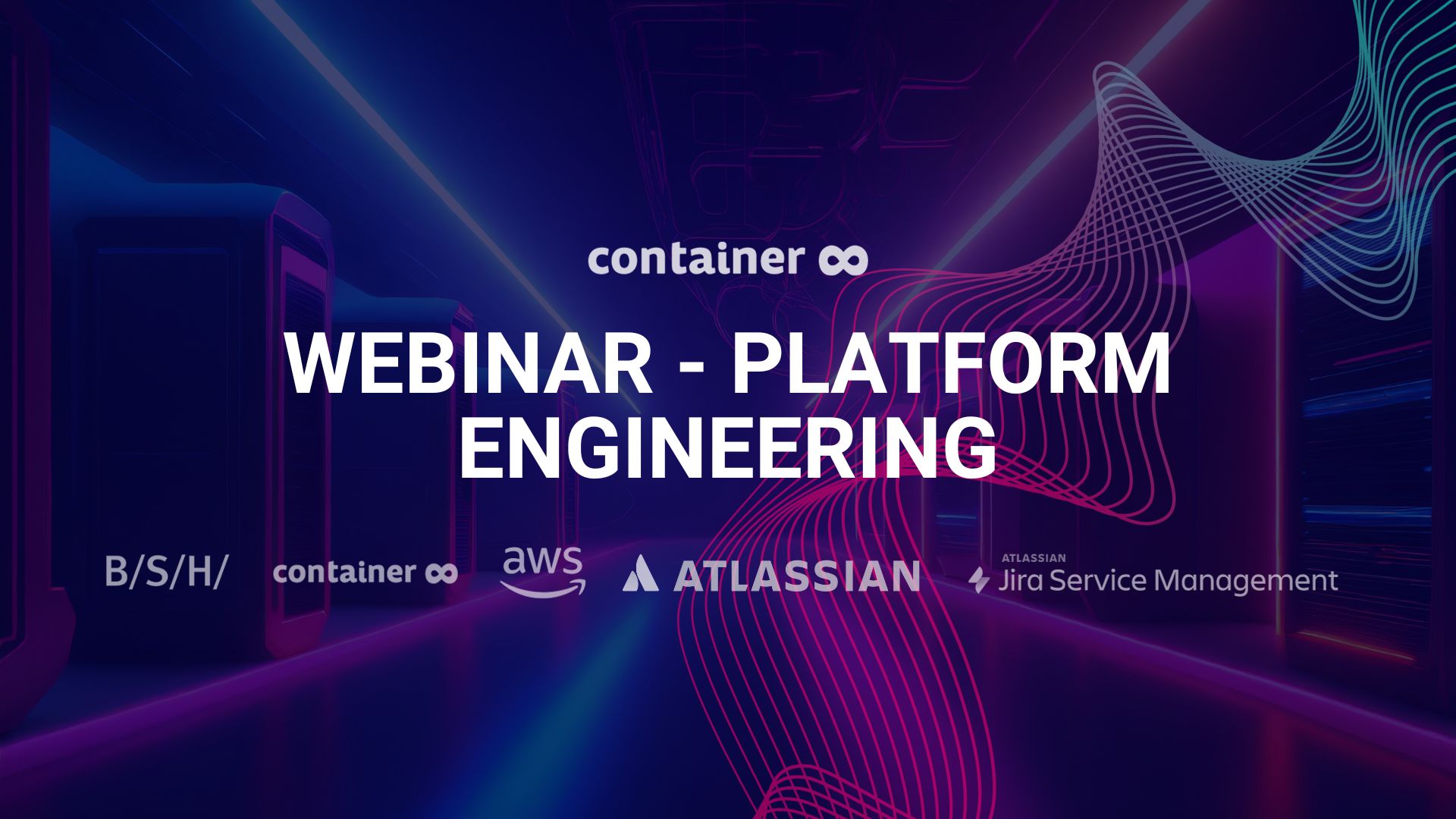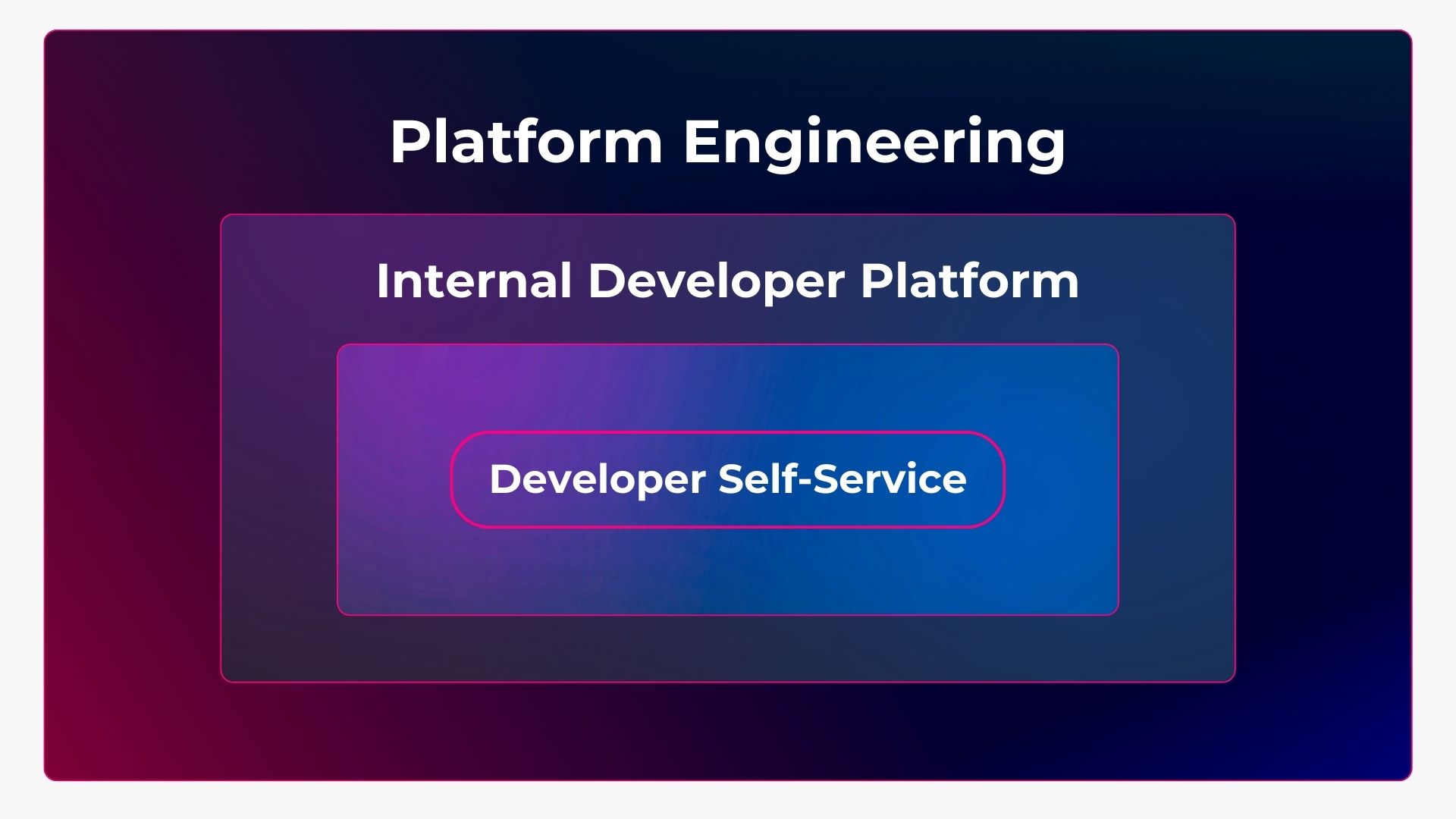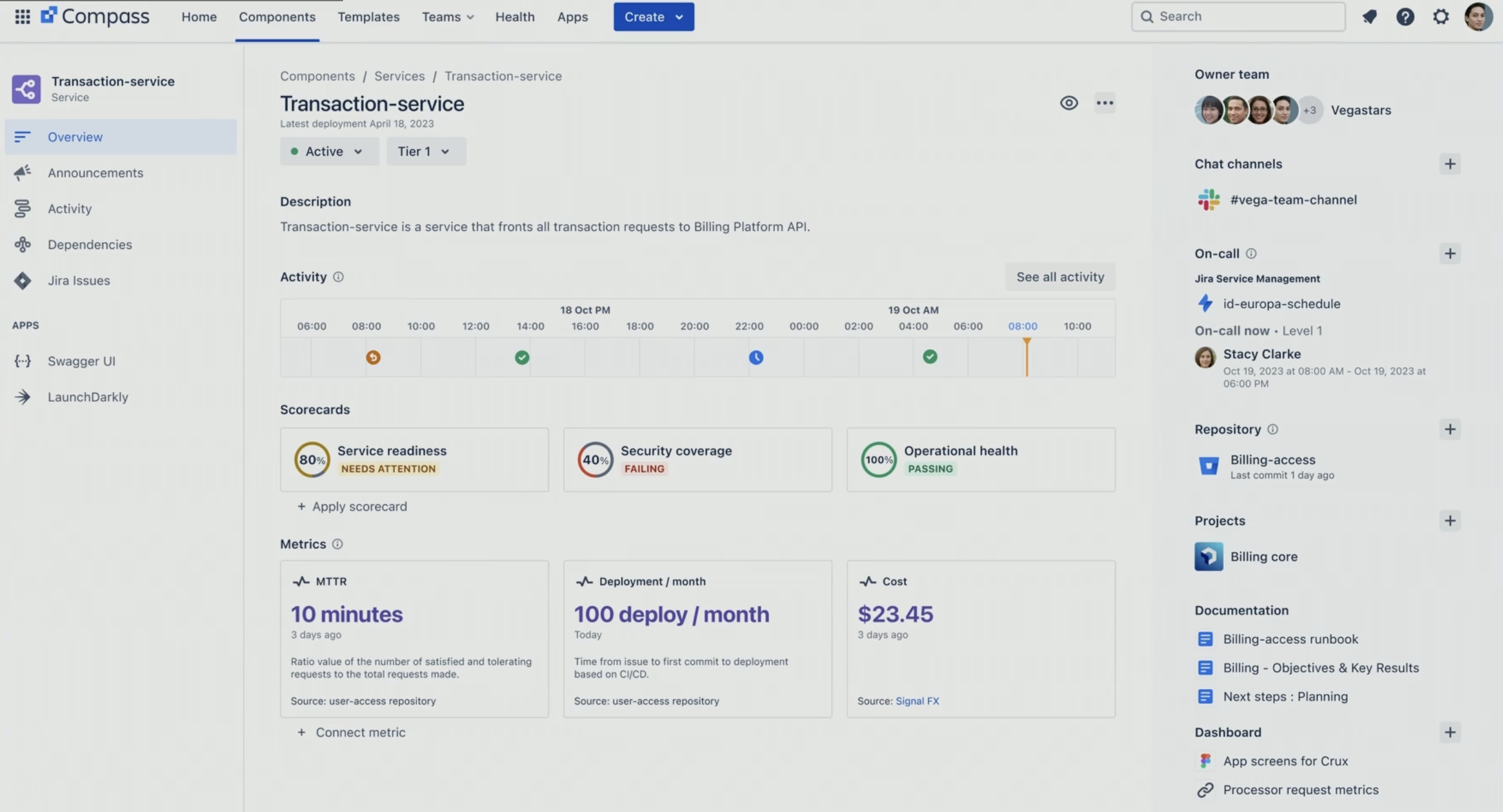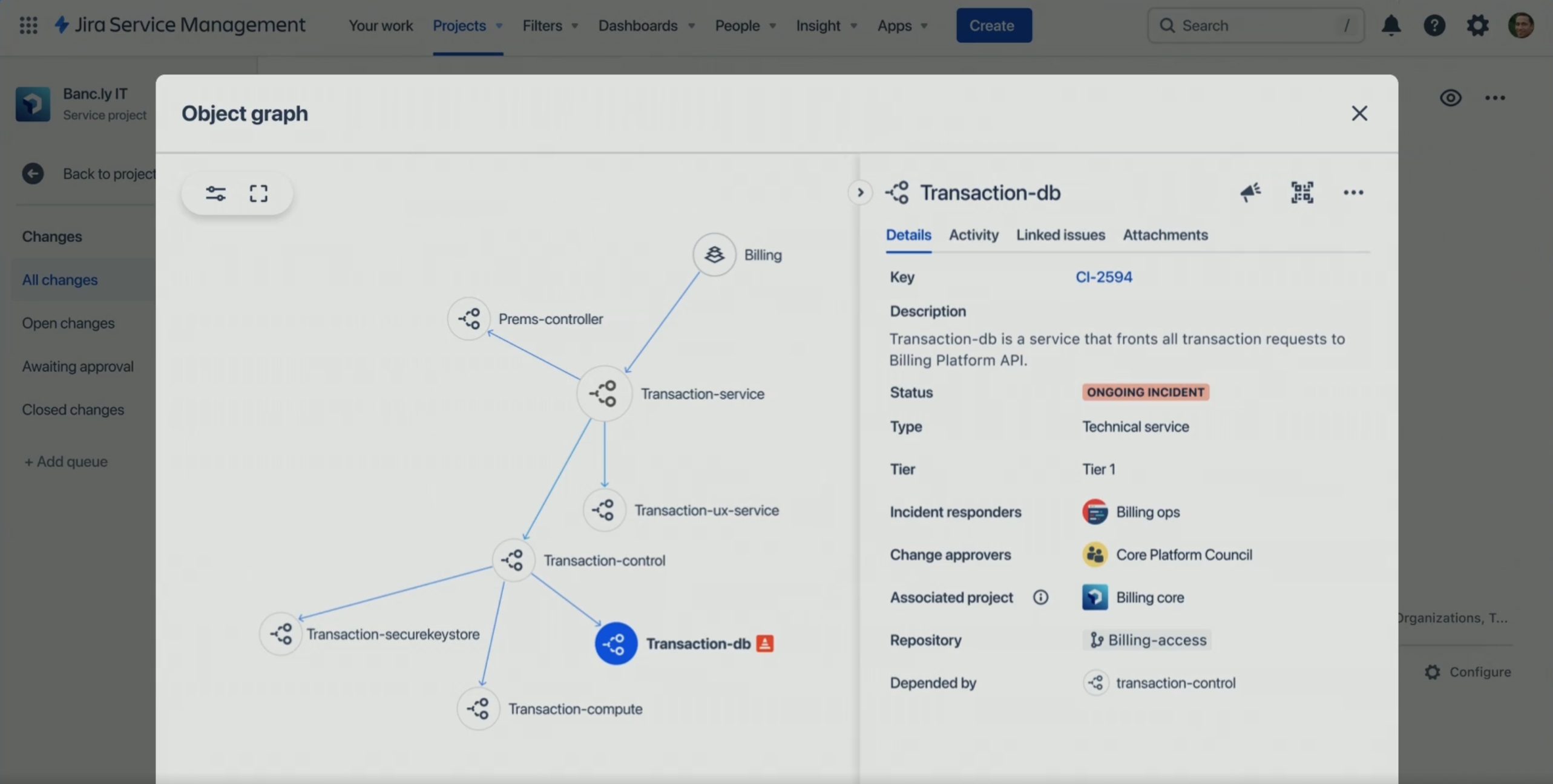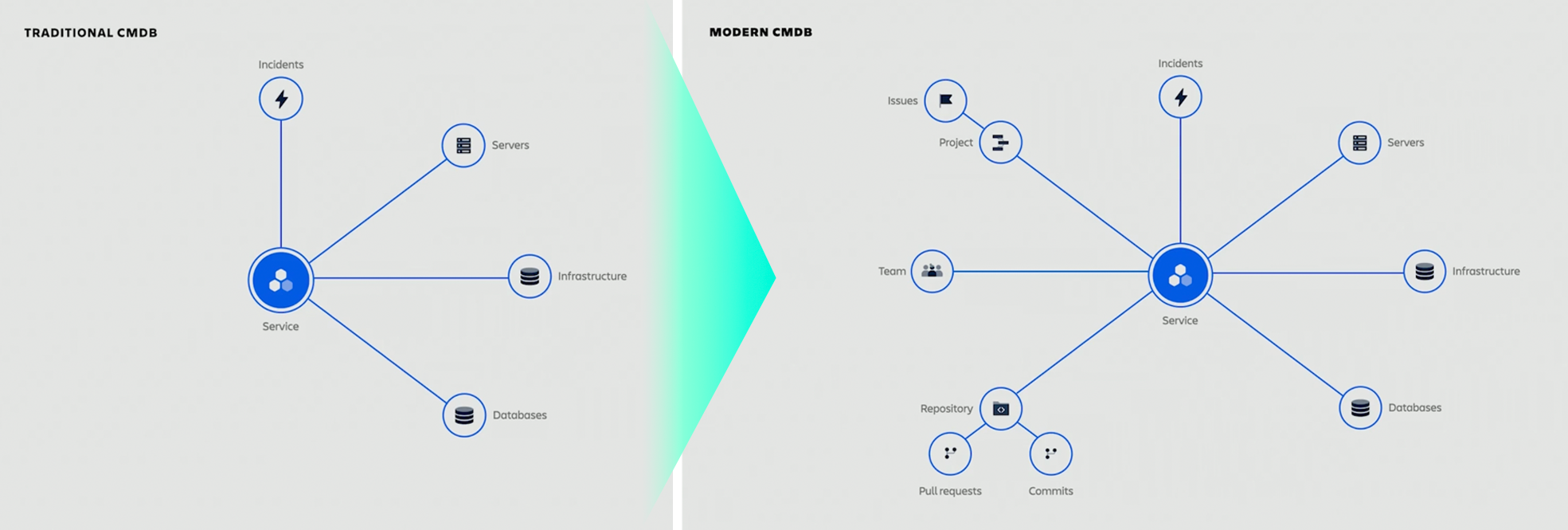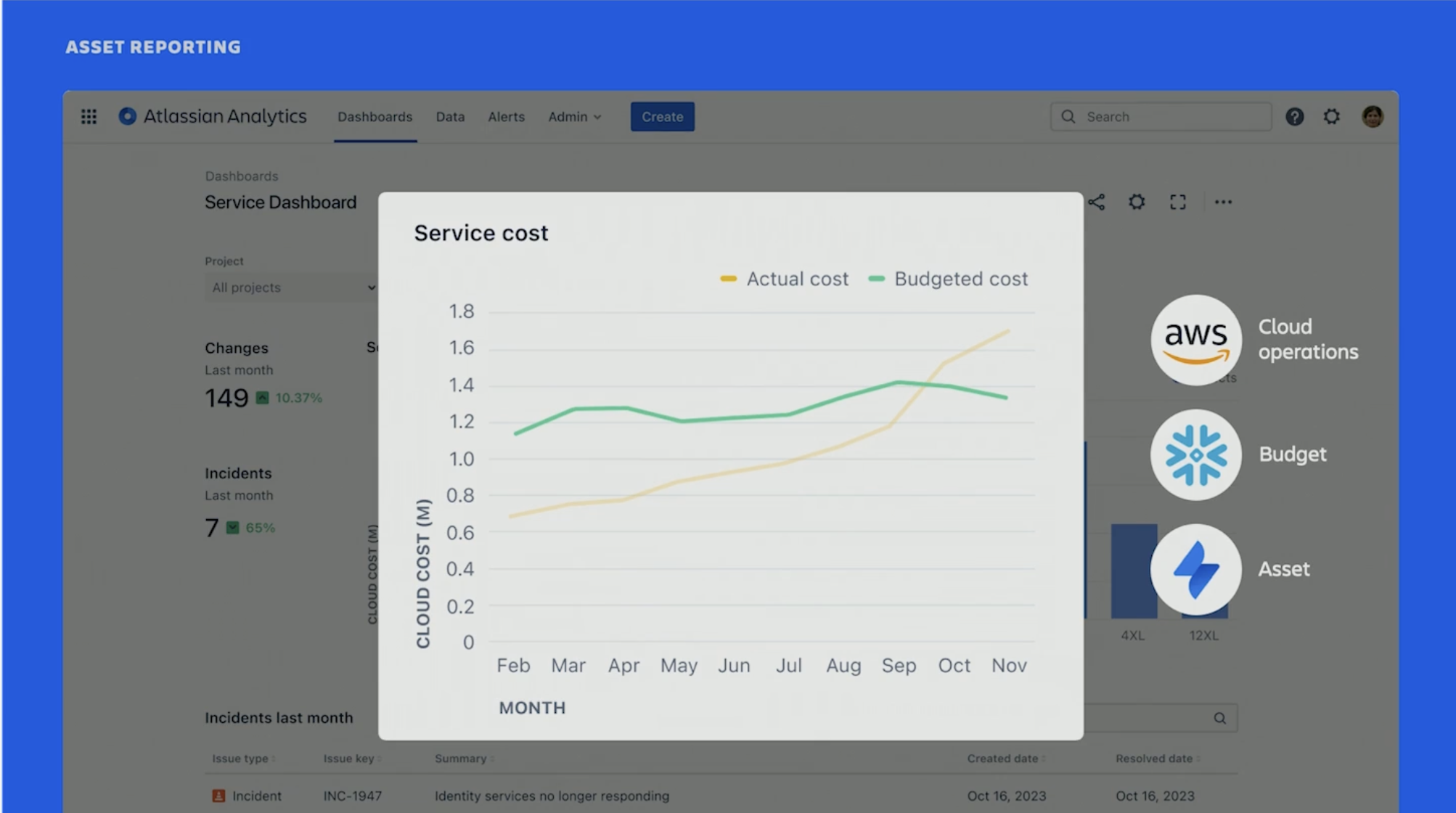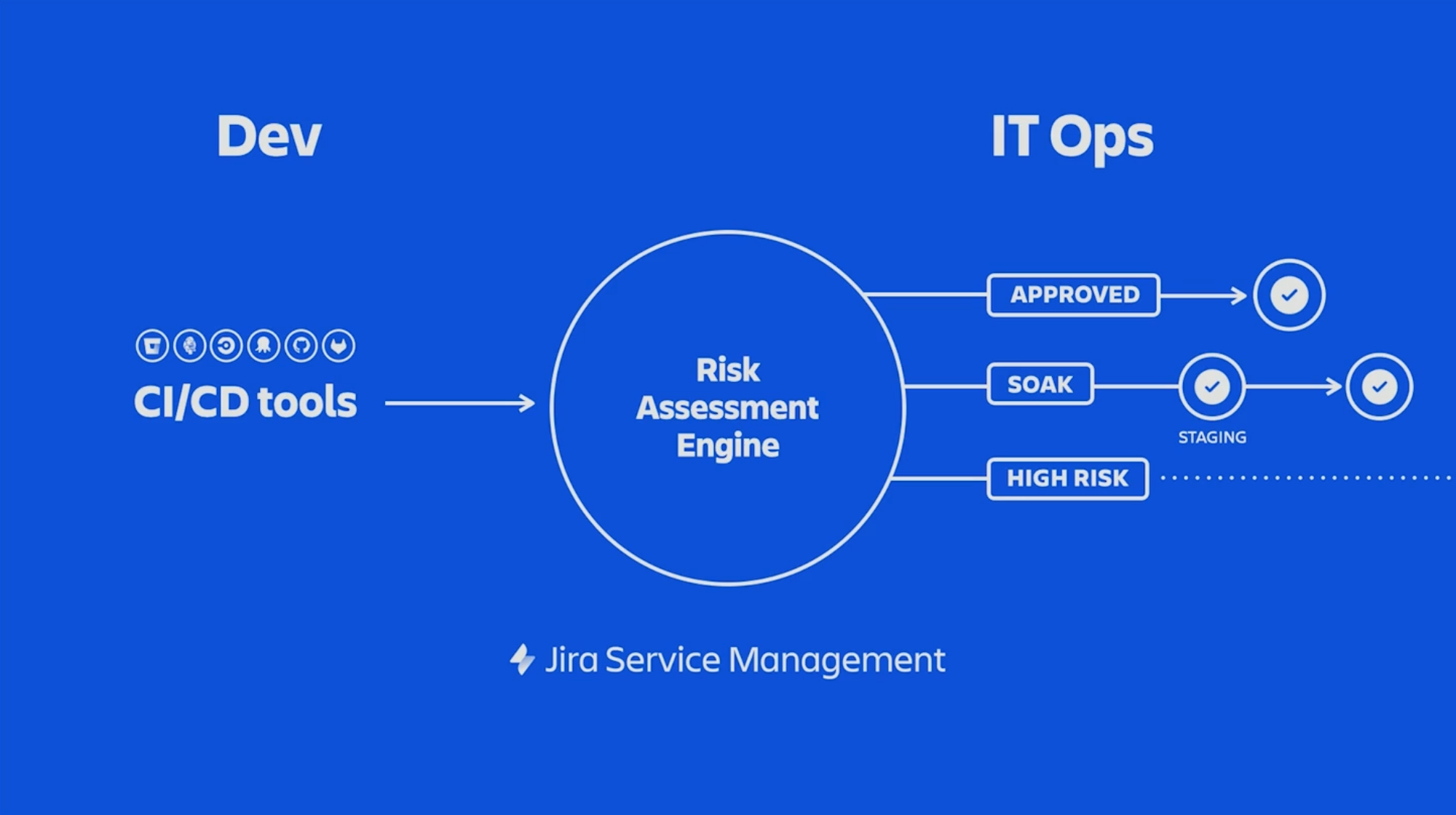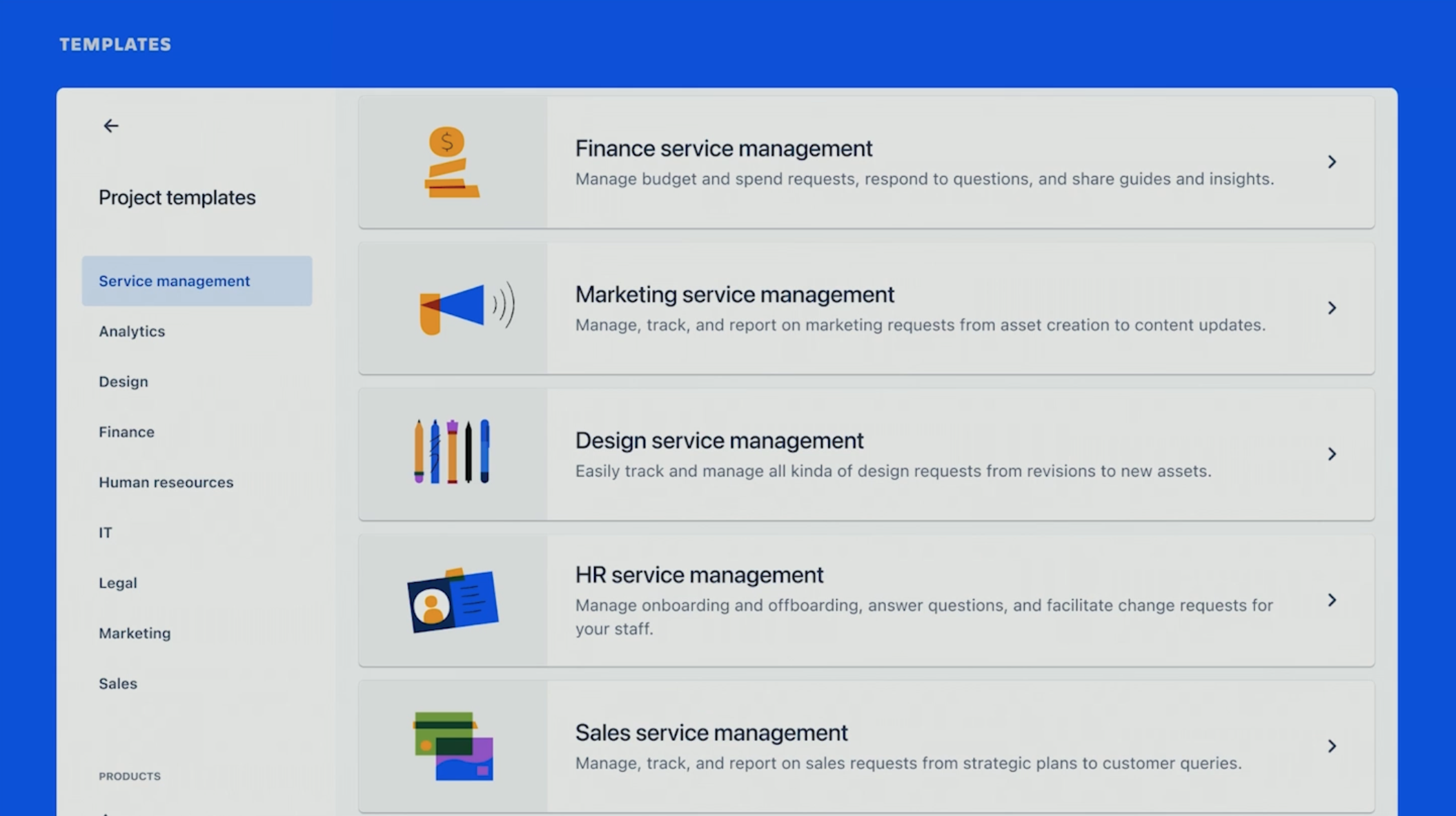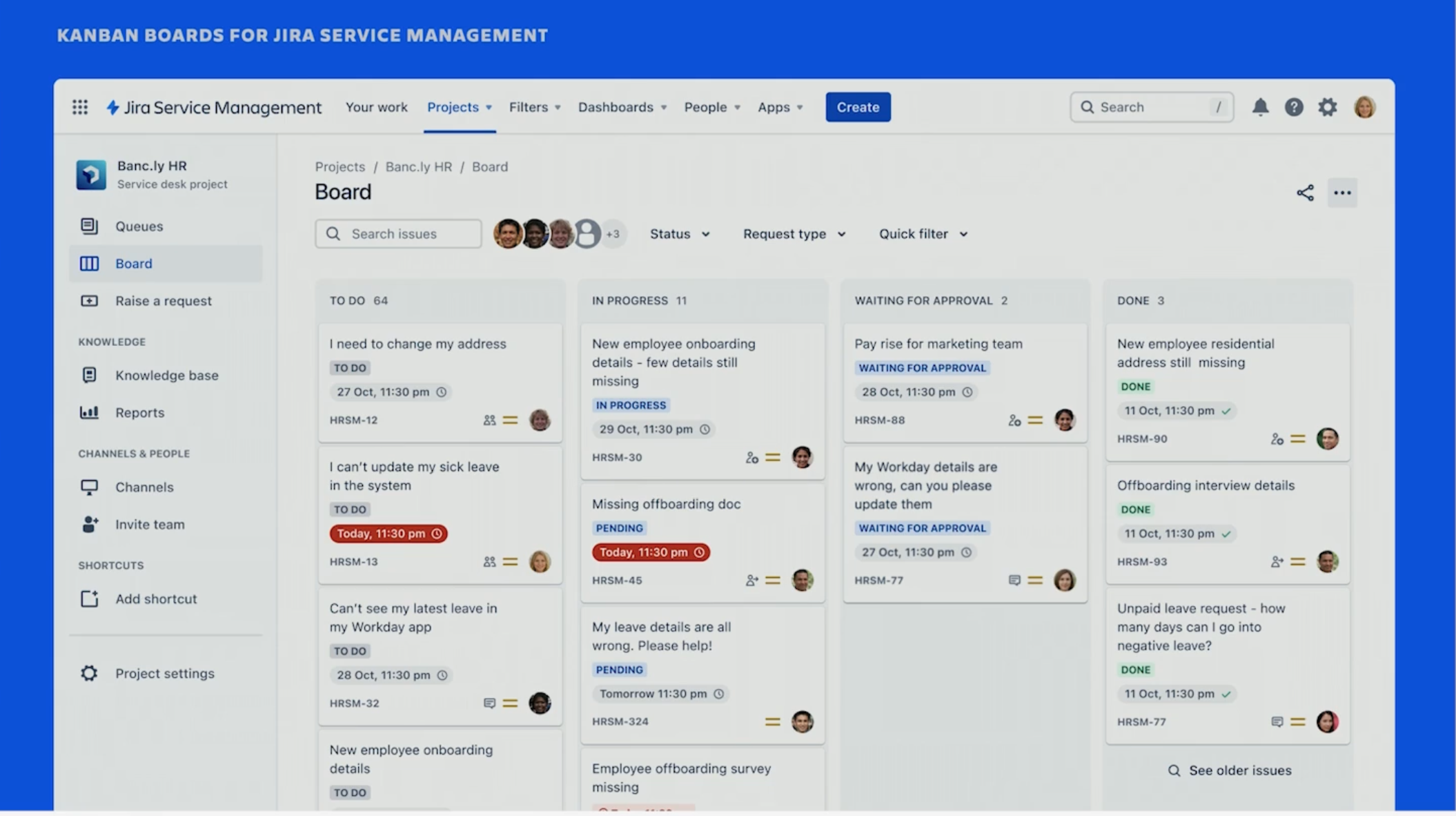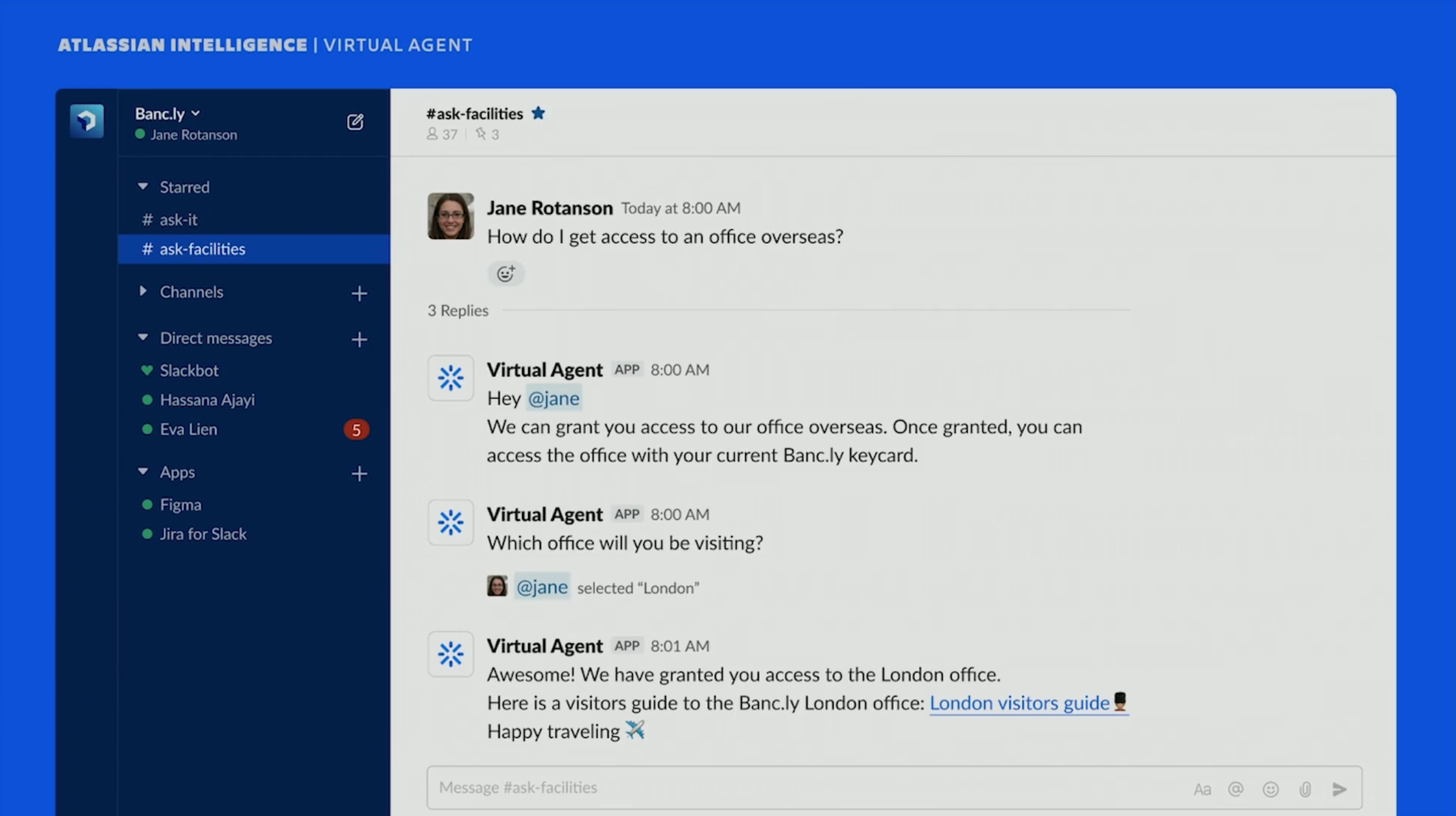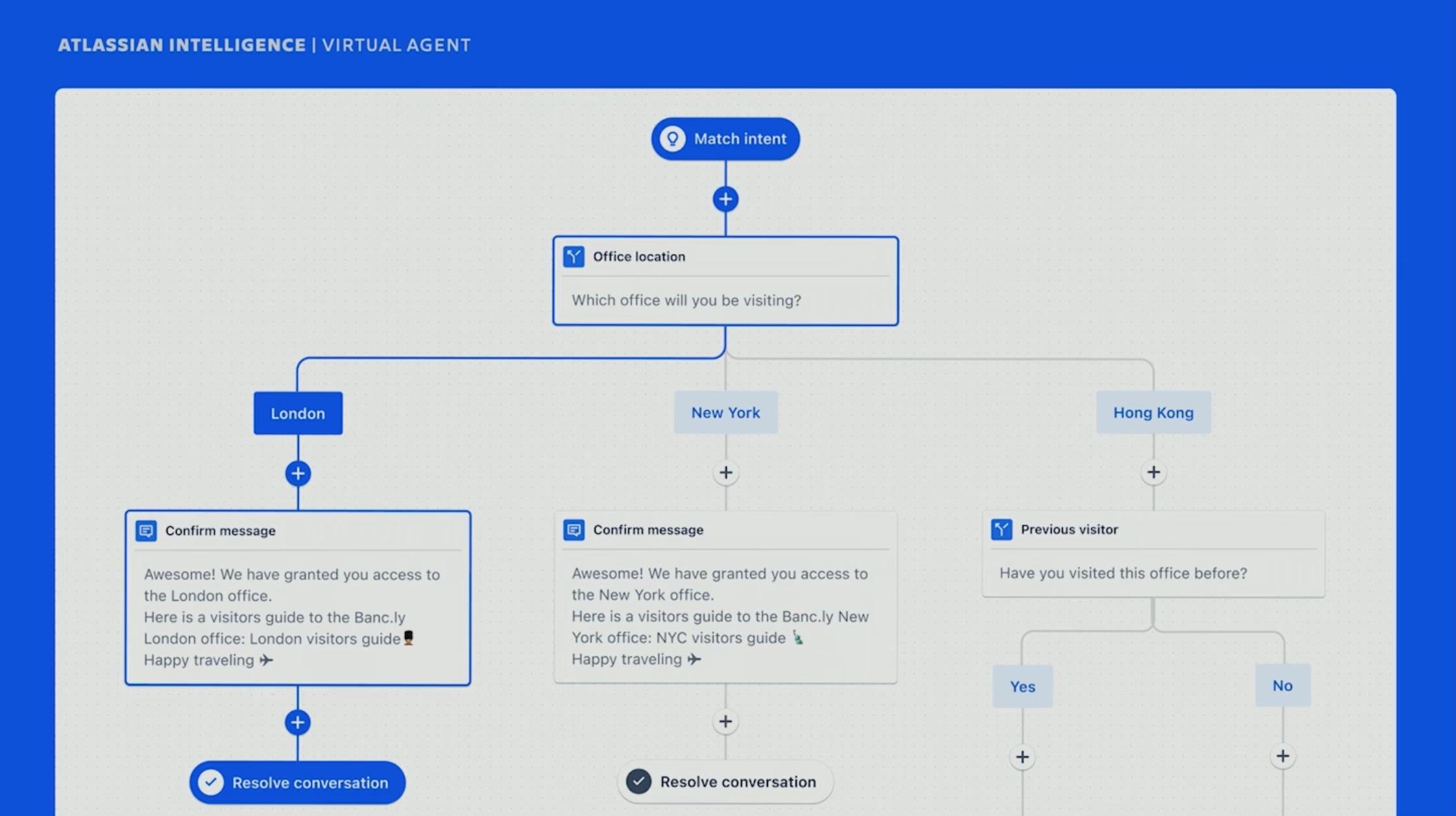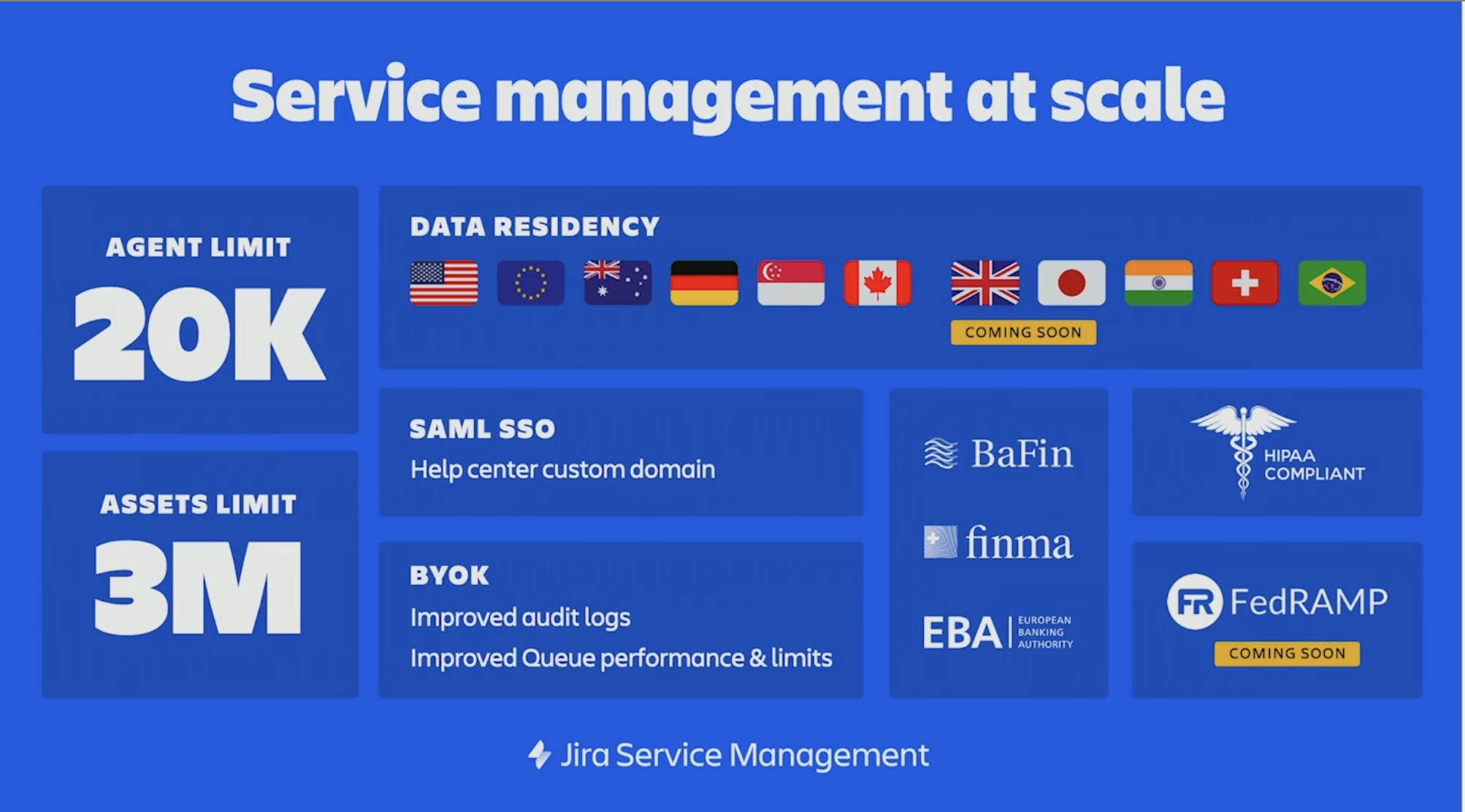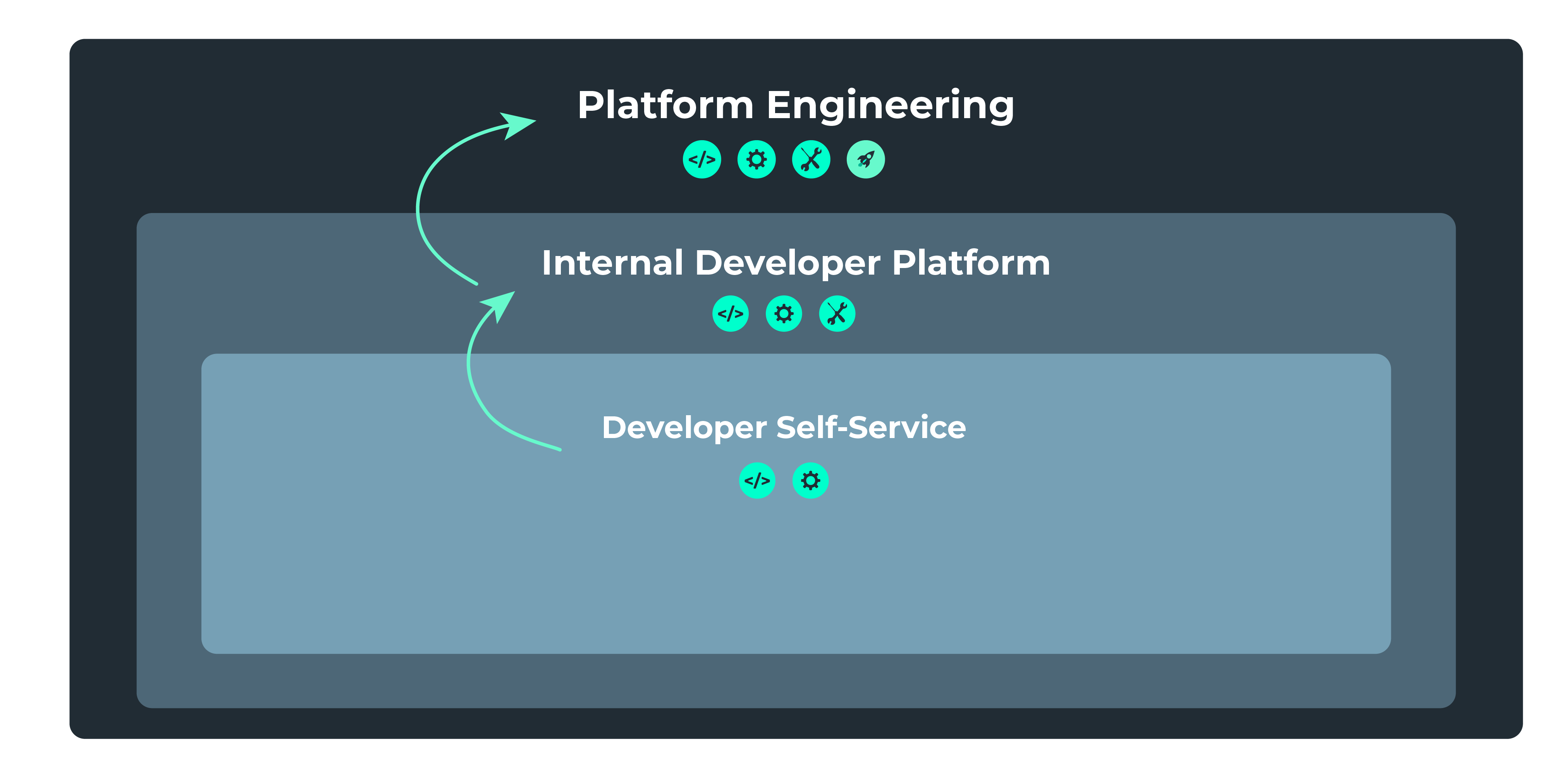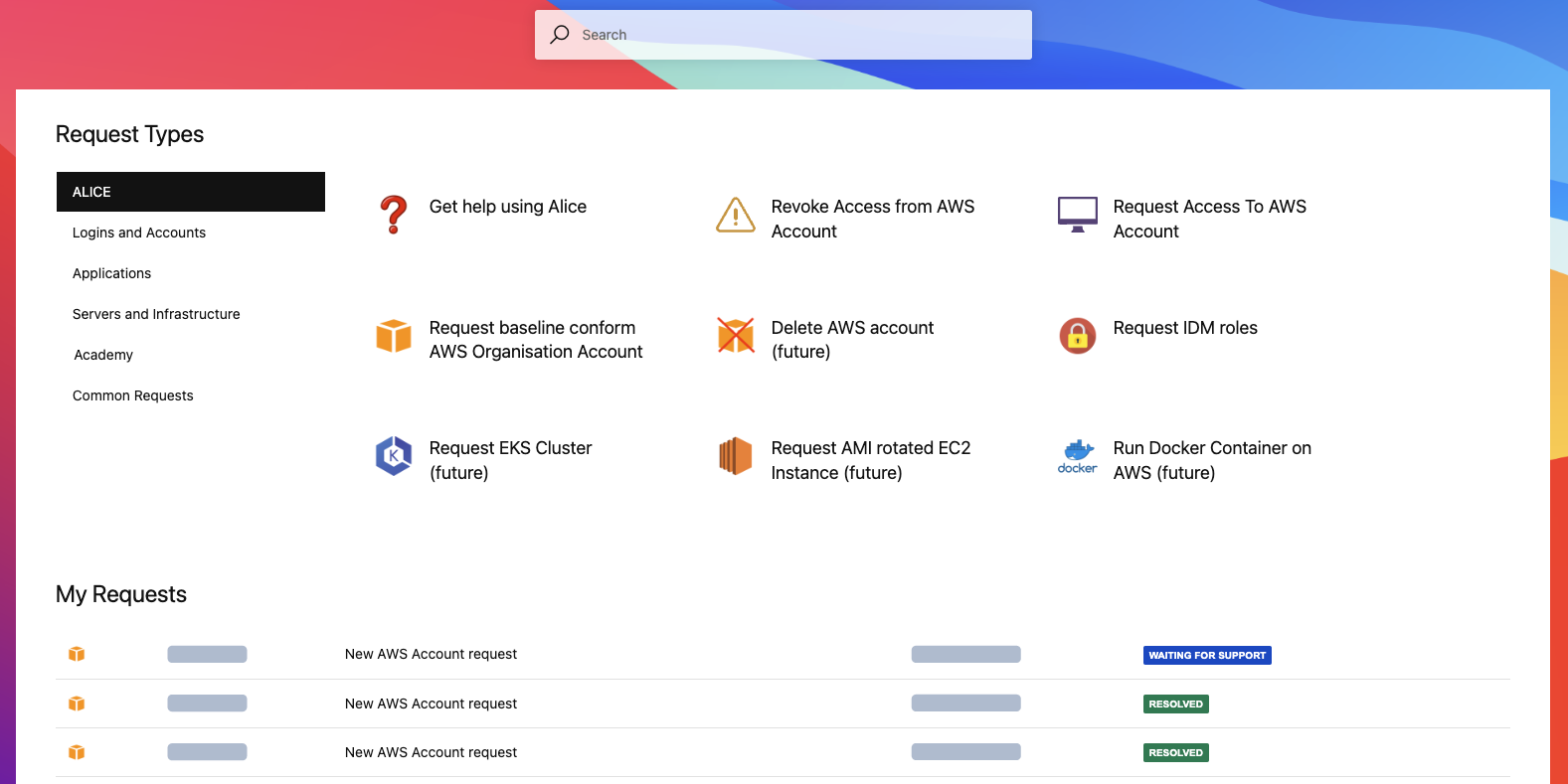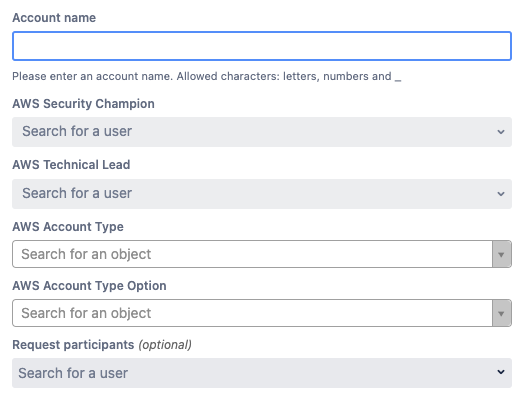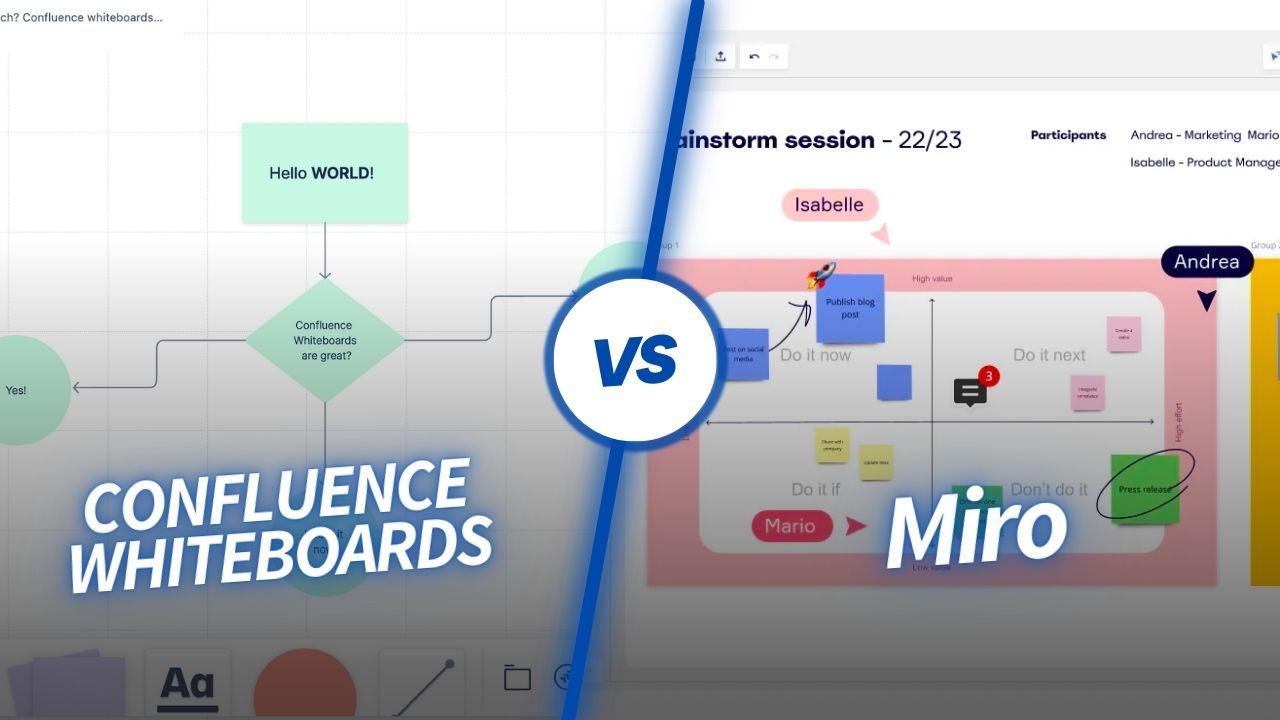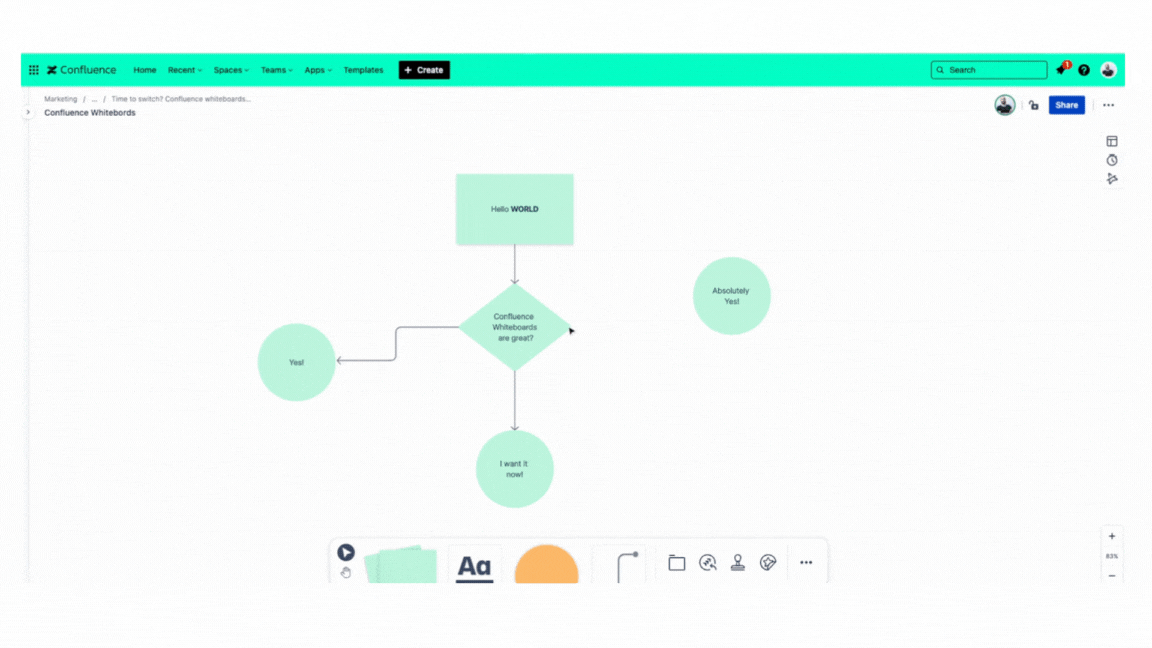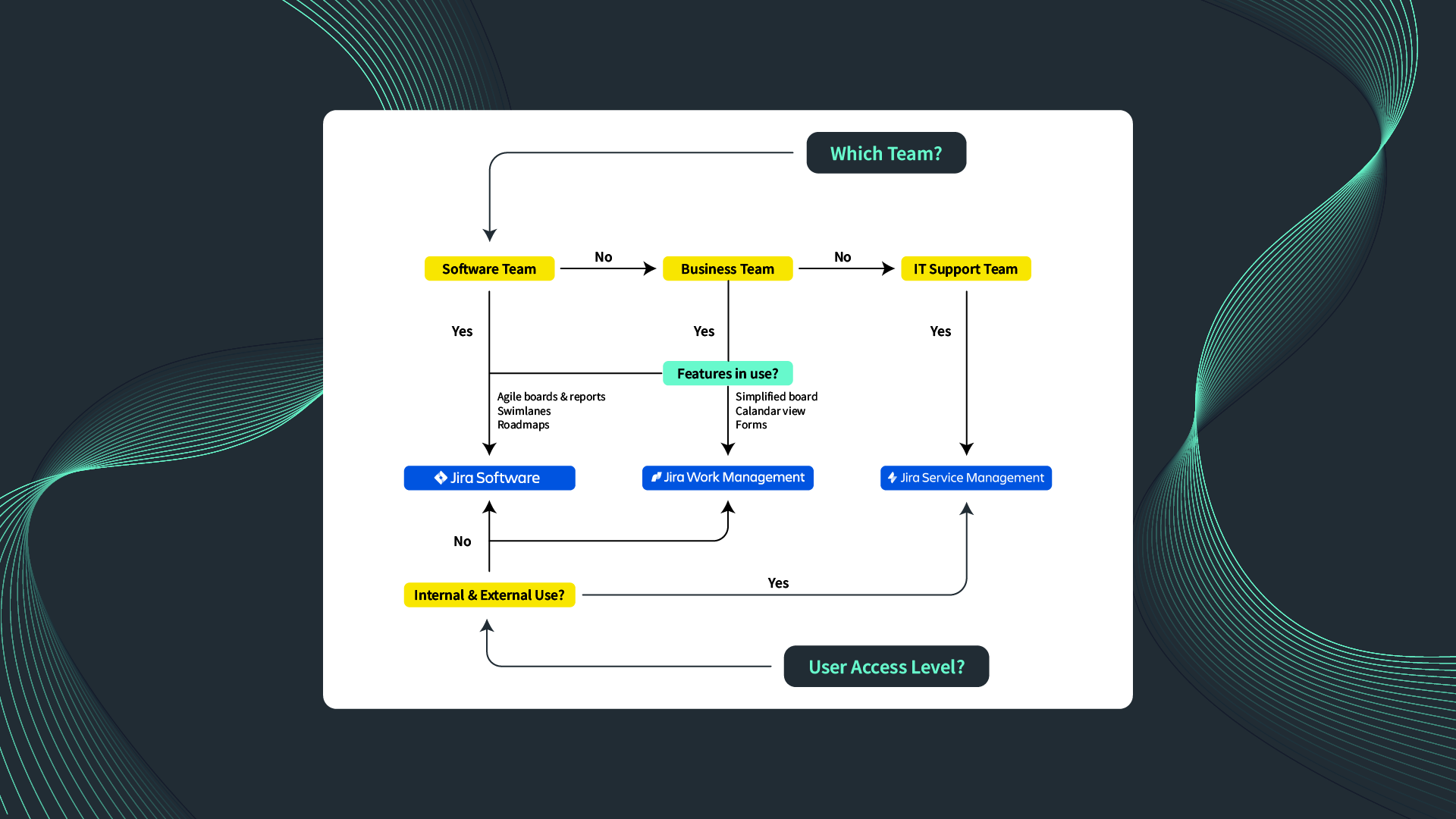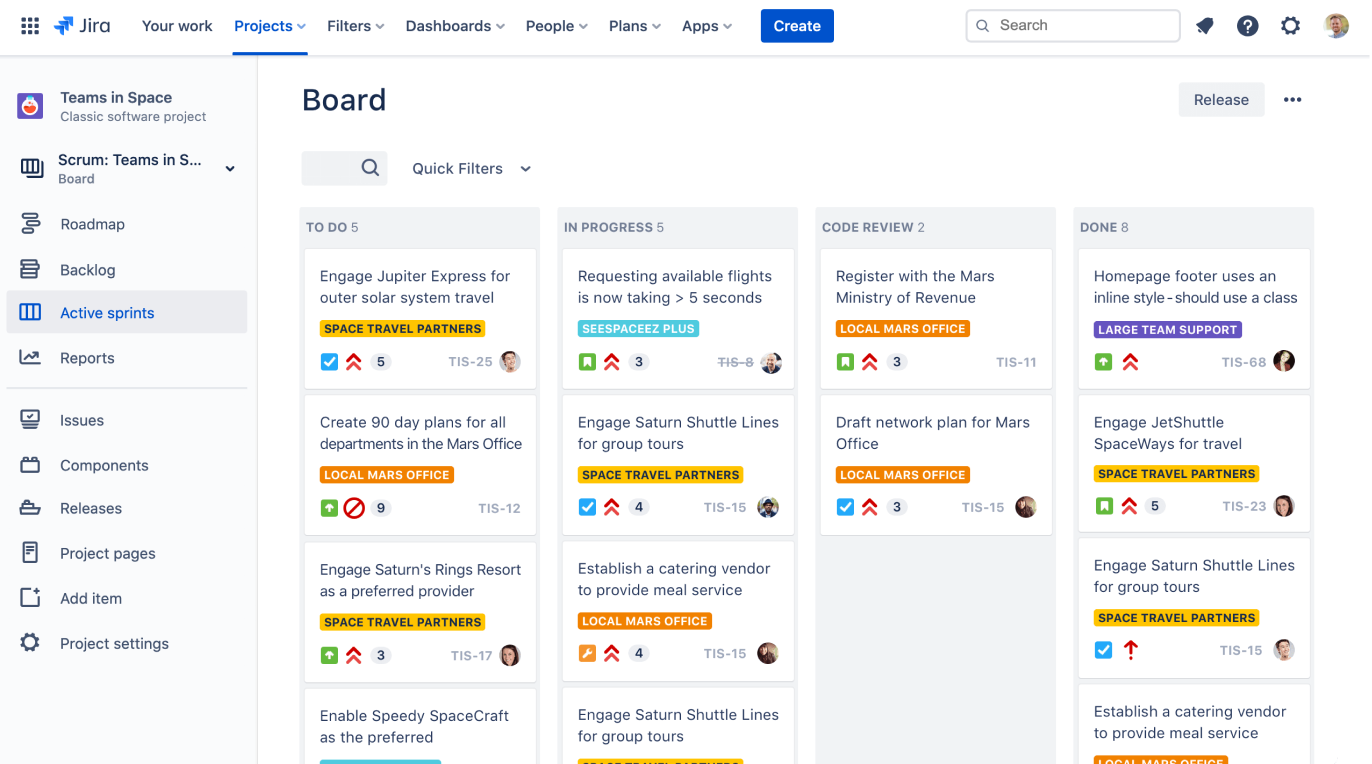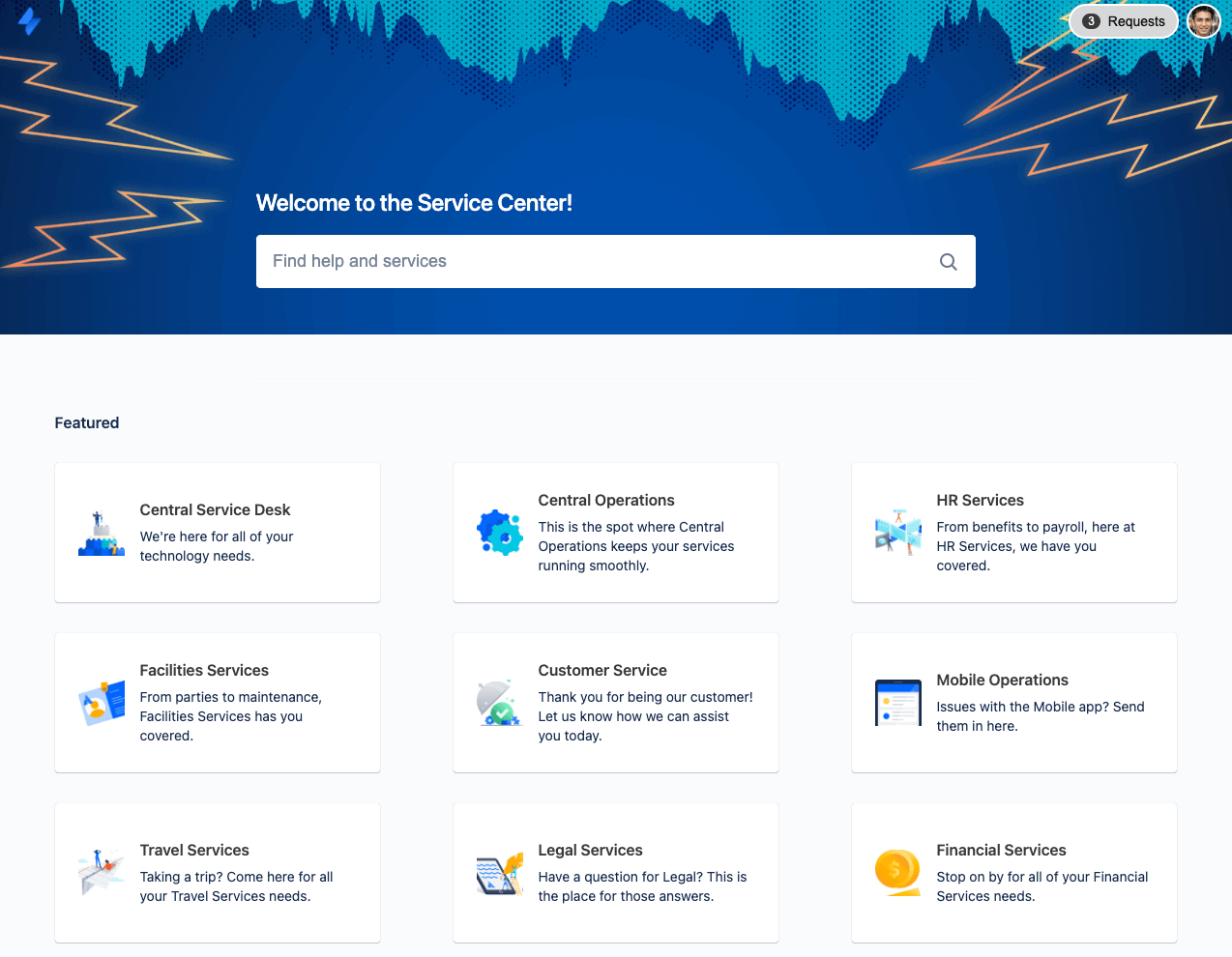Artificial intelligence is on the rise and is finding its way into all areas of life, including the business world. Jira and Confluence have also been equipped with artificial intelligence. This marks a milestone in the world of project management and collaboration tools. With the introduction of "Atlassian Intelligence (AI)", we are experiencing a new era of efficiency and innovation. In this blog post, we take a detailed look at AI, explain what it is, what it can do, and how it integrates artificial intelligence into your Jira and Confluence workday.
What is Atlassian Intelligence (AI)?
AI is an advanced artificial intelligence based on GPT-3 technology. This technology, developed by OpenAIis known for its ability to generate human-like text. Atlassian has integrated this technology into Jira and Confluence to improve the user experience and increase productivity. AI understands and learns from users' data and interactions to make personalized and contextual suggestions.
What can I do with Atlassian Intelligence (AI)?
AI is not just another tool, but an intelligent partner that supports you in your daily work. Here are some key features:
- Automated task creation: AI recognizes patterns in your project data and automatically suggests new tasks or projects.
- Intelligent search functions: Search Jira and Confluence with natural language. AI understands your queries and delivers precise results without you having to resort to JQL.
- Improved collaboration: AI analyzes the context of discussions and suggests relevant documents or previous conversations.
- Personalized recommendations: AI suggests suitable resources and actions based on your interactions and preferences.
Application examples for Atlassian Intelligence
To demonstrate the versatility of AI, let's look at some practical application examples:
- Project management: In Jira AI helps to maintain an overview of complex projects by prioritizing tasks and identifying risks at an early stage.
- Knowledge management: In Confluence AI can help provide the right knowledge at the right time by suggesting content that matches your current tasks.
- Automated reporting: AI can create customized reports based on your specific requirements, saving time and speeding up decision-making.
Advantages of use
The advantages of AI in your day-to-day work are manifold:
- Time saving: Automated functions and intelligent suggestions save valuable time.
- Higher productivity: AI helps to minimize distractions and you focus on what's really important.
- Better decision making: AI-supported analyses help you make more informed decisions.
- Promotion of cooperation: AI facilitates teamwork by providing relevant information and context.
How you can integrate Atlassian Intelligence into your company
Integrating AI into your Jira and Confluence environment is straightforward. Here are a few steps to get started:
- Training of your team: Ensure that your team has the necessary knowledge to make the best use of AI.
- Customization to your needs: Configure AI to adapt it to the specific requirements of your teams.
- Data protection and security: Make sure that your data is secure and that the use of AI complies with data protection guidelines.
Introducing AI to Jira and Confluence is more than just a technological advancement; it's a way to transform the way your teams work. It gives you the tools to work smarter, faster and more effectively.
Reducing the cognitive load of manual tasks with Atlassian Intelligence
Cognitive load - the amount of mental effort required in your work environment - can be critical to the efficiency and well-being of your employees. This is where Atlassian Intelligence (AI) plays a crucial role by helping to reduce this mental load. Let's look at how AI overcomes this challenge:
Atlassian Intelligence Features
- Simplification of decision-making processes: Atlassian Intelligence (AI) provides data-driven insights and suggestions that reduce the need for extensive research and analysis. These clear, precise recommendations make it easier for employees to make quick and informed decisions.
- Automation of routine tasks: One of the biggest challenges in any working environment are repetitive and time-consuming tasks. AI automates these processes, allowing employees to focus on more complex and creative tasks. This helps to avoid fatigue and overwork.
- Improvement of information management: In today's information overload, finding relevant data quickly can be a challenge. AI improves the way information is organized and retrieved, helping employees work more efficiently and avoid cognitive overload.
- Personalized user experience: Every employee has their own way of working. AI learns from each individual's preferences and work patterns and adapts to provide a customized user experience. This reduces the time and effort needed to adapt to new tools or find relevant information.
- Promotion of effective cooperation: One challenge in team environments is coordination and communication. AI helps teams work together more effectively by providing relevant information and context at the right time. This reduces misunderstandings and improves overall productivity.
Atlassian Intelligence (AI) is not just a tool to increase productivity; it is a key factor in reducing the cognitive load on your employees. By automating routine tasks, providing personalized recommendations and improving information management, AI allows employees to focus on what's important and be more efficient and satisfied in their work. You can find more information about AI here.

